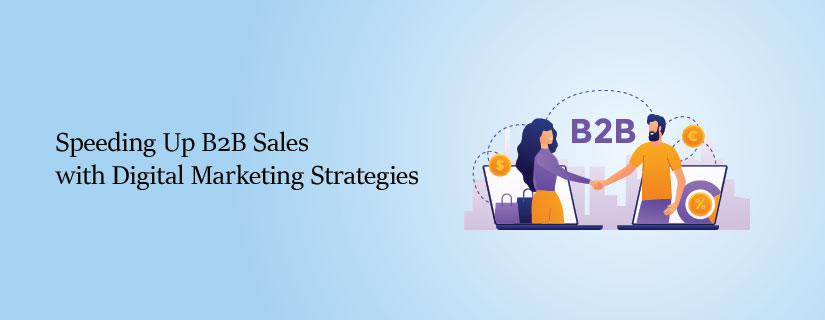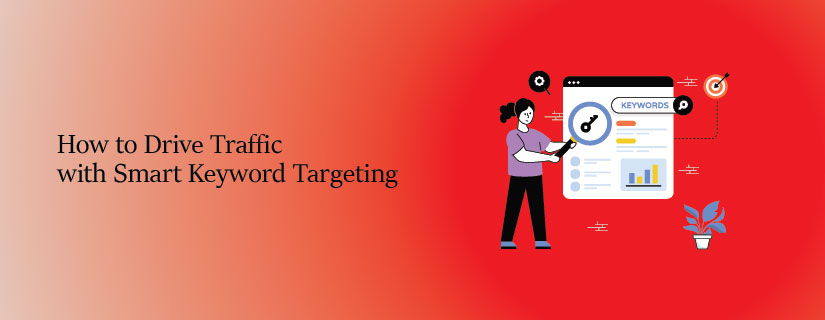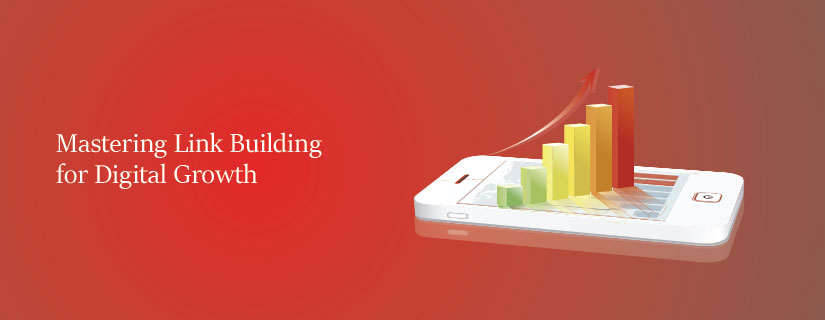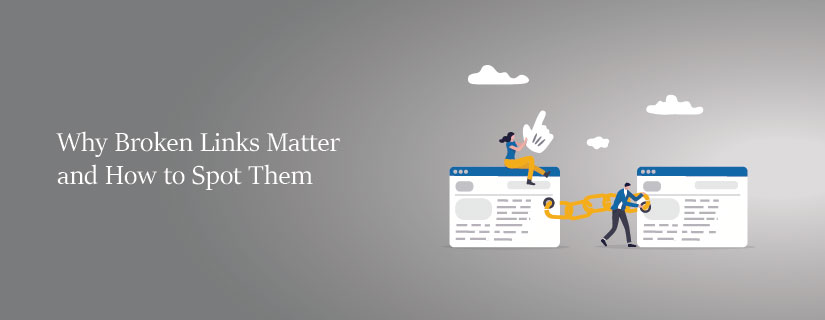- /
- Blog
- /
- Master Internal Linking for...
Master Internal Linking
for Better Rankings
Master Internal Linking for Better Rankings
With so many different websites fighting for people’s attention, just great writing will not make your content stand out. To make your content stand out, there has to be active engagement and visibility strategies put in place. One of the most pivotal strategies for achieving this goal is internal linking, which helps with website navigation and assists with search engine optimization (SEO).
Understanding Internal Links
An internal link is a hyperlink that sends users from one web page to another on the same domain. They allow visitors to navigate through your site with ease so they can access related information. For example, linking a blog post on “healthy eating habits” with another post on “nutritional benefits of fruits” gives the readers a smooth content experience.
The SEO Benefits of Internal Linking
Improved Crawlability: Google and other search engines employ bots to crawl the web. Internal links create routes that help these bots navigate to your pages, allowing them to be indexed. If internal linking is not utilized properly, your content can be hidden and greatly limit its visibility in search results.
Establishing Site Hierarchy: Your internal links aid search engines in defining the structure of your site which helps them understand the depth and hierarchy of your content. They are essential as they signal which pages are topically connected by linking related articles together.
Distributing Link Equity: Internal linking ensures that authority pages share their value in the form of “link equity” to pages of lower rank, therefore, boosting their rankings. Link equity refers to the value that is passed from one page to another through hyperlinks and is also informally known as “link juice.”
Best Practices for Internal Linking
Use Anchor Text That Is Relevant: As much as one tries to optimize anchor text so it makes a little to no sense, anchor text should be relevant to the page that it is linked to. Doing this enhances the link’s effectiveness and makes both users and search engines understand the context better.
Focus on the Reader: While internal linking is good practice for SEO, ensure that as much effort that goes into serving the search engines, equal effort goes into serving the actual reader. Make sure that links are relevant contextually and genuinely add value to the reader’s understanding.
Have a Well Thought Out Structure: You can bring out better SEO outcomes and more intuitive navigation if you organize your content in a hierarchical manner. For instance, main topic pages can link to subtopic pages which will link to specific articles.
Case Studies Illustrating The Impact Of Internal Linking
To better understand the concept of internal linking, examine certain cases that demonstrate its effects on the metric performance of a given website:
Typeform Ranks Higher in Search Engine Results : As one of the leading Online Form Builders, Typeform has also improved their internal linking strategy which helped one of their primary landing pages to move from not ranking at all to becoming the second ranking page for the primary intent key phrase “Form Builder,” which outranks 175,000 monthly searches.
Enterprise-Level Internal Linking Site Visibility and Authority : Case studies from enterprise brands showed that internal linking did dramatically improve site visibility as well as site authority. For instance, an enterprise brand I worked with achieved more than 150,000 annual visits after they executed a link optimization project over the course of one year.
The Internal Linking Opportunity Cost : An analysis of over 5000 websites shows over 50% of people do not pay attention to internal linking strategies. Considering these is crucial as missed links have a significant impact on navigation, the overall user experience, and organic traffic.
Want to maximize your marketing ROI? Our audit & consulting services help identify what’s working and what’s not.
Use Of Strategic Internal Linking Results In Increased Heavy Traffic : An astonishing traffic increase from 100,000 to 1.1 million monthly sessions came forth for a digital publisher, reporting an 11,000% increase. They were covered with traffic scaling up which was pre-determined during the project planning phase. The increase was mostly due to enhanced user experience and increase in search engine rankings because of effective internal linking tactics.
Utilizing Internal Linking To Enhance SEO Results : The increase in traffic was largely accompanied due to heightened attention by Google, which improved the overall SEO score of the website. Research has shown that internal linking, such as adding links to neighboring geographic regions in a website listing physical locations, increases organic traffic, which in this case improved by 7%.
Internal links are the most effective way to enhance astute application of sophisticated website management techniques. By inefficiently placing internal links, not only do you provide better services to the users, you also help the search engines index your website and in return, you obtain an improved website SEO score. So, while developing a content strategy, one should consider that internal linking is more than just linking pages; it is more about creating an easy and systematic online platform for the users to access information.
Share this Article On:
Recent Updates
- 12 February 2025
- 12 February 2025
- 12 February 2025
- 12 February 2025
- 12 February 2025
- 12 February 2025
Have a Question?
If you cannot find answers to your queries, please fill out the enquiry form. We will contact you shortly.








